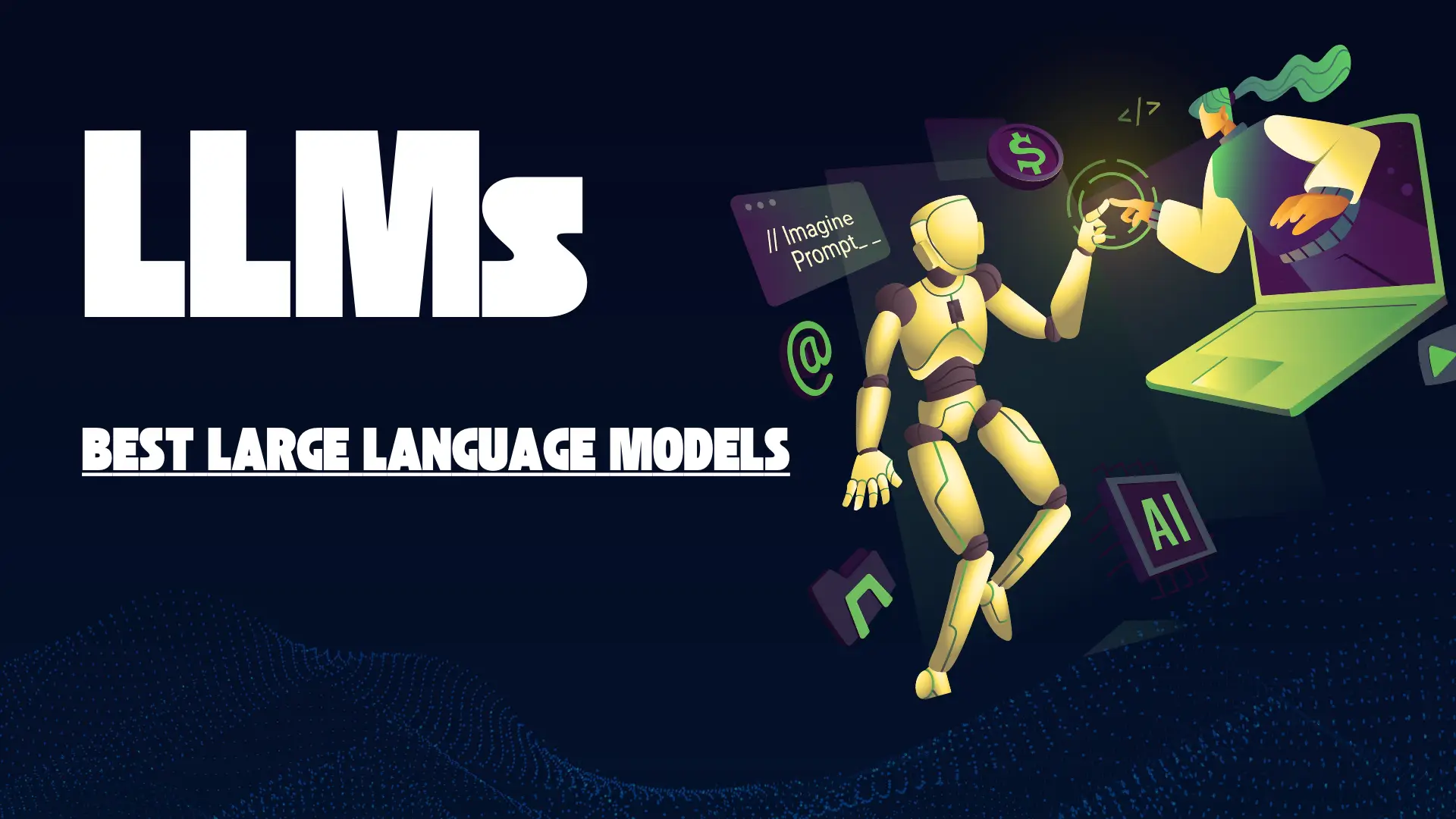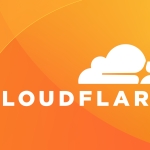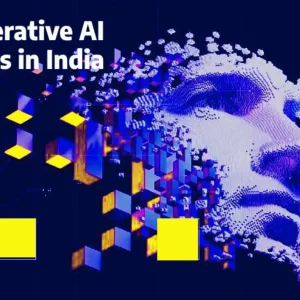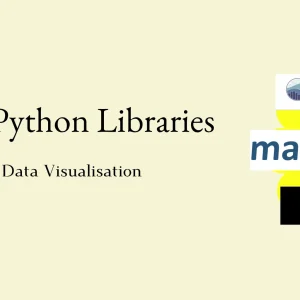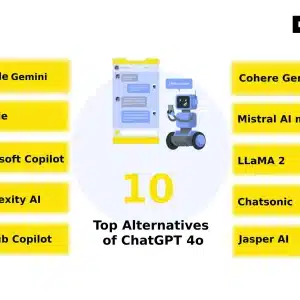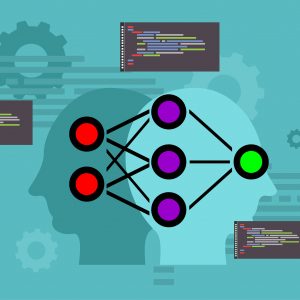Large Language Models (LLMs) have become a cornerstone in the field of artificial intelligence, revolutionising the way machines understand and generate human language. LLMs, such as OpenAI’s GPT-4 and Google’s Bard, are trained on diverse datasets that encompass various languages, dialects, and contexts, allowing them to generate coherent and contextually relevant text. This capability is crucial for applications like chatbots, virtual assistants, and ai text generators, where understanding and generating human-like text is essential.
One of the most significant contributions of LLMs is their role in enhancing human-computer interaction. LLMs are driving innovation by automating and optimising various processes. For instance, in customer service, LLMs power chatbots that can handle a multitude of queries simultaneously, providing instant and accurate responses.
The importance of LLMs in AI cannot be overstated. They are transforming how we interact with technology, enhancing various industries, and driving forward the capabilities of artificial intelligence. As research and development continue, the potential applications and benefits of LLMs are expected to expand, further solidifying their role as a pivotal component of modern AI.
Best Large Language Models in 2025
| Name | Developed by | Access |
| GPT 4o | Meta AI | API |
| BERT | Open source | |
| Claude 3.5 | Anthropic | API |
| PALM 2 | Open source | |
| Llama 3 | Meta AI | API |
| StableLM | Stability AI | Open source |
| MPT | MosaicML | Open source |
| Jurassic | AI21 Labs | API |
| GPT-NeoX | EleutherAI | Open source |
| BLOOM | BIGSCIENCE, Hugging Face | Open source |
| PaLM | Open source | |
| Galactica | Meta AI | Open source |
| Chinchilla | DeepMind | Closed source |
| Grok 2 | xAI | Open source |
1. GPT 4o
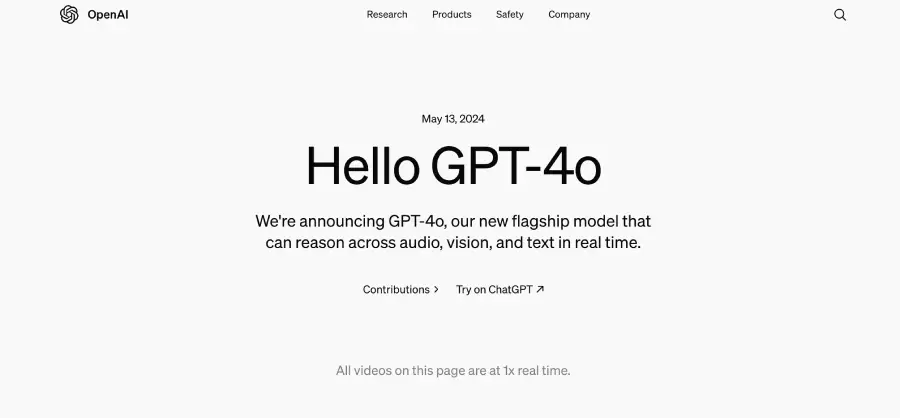
GPT-4 is the latest and most advanced language model developed by OpenAI, succeeding GPT-3. It has been trained on a larger dataset and with improved techniques, resulting in enhanced capabilities and performance.
GPT-4o can respond to audio inputs in as little as 232 milliseconds, with an average response time of 320 milliseconds, similar to human conversation. GPT-4o can generate outputs combining text, images, and audio, enabling more engaging and interactive experiences.
Check: The Best ChatGPT Alternatives
2. BERT

BERT (Bidirectional Encoder Representations from Transformers) is a language model developed by Google. It is pre-trained on a large corpus of text data and can be fine-tuned for various natural language processing tasks.
BERT excels at tasks that require understanding the context and relationships within text, such as question answering, text summarization, and natural language inference.
3. Claude

Claude is a large language model developed by Anthropic, designed to be helpful, honest, and harmless. It is trained using an approach called “constitutional AI” to align with human values and ethical principles.
Claude excels at engaging in open-ended conversations, providing informative and thoughtful responses, and assisting with various tasks such as research, writing, and analysis.
4. PALM
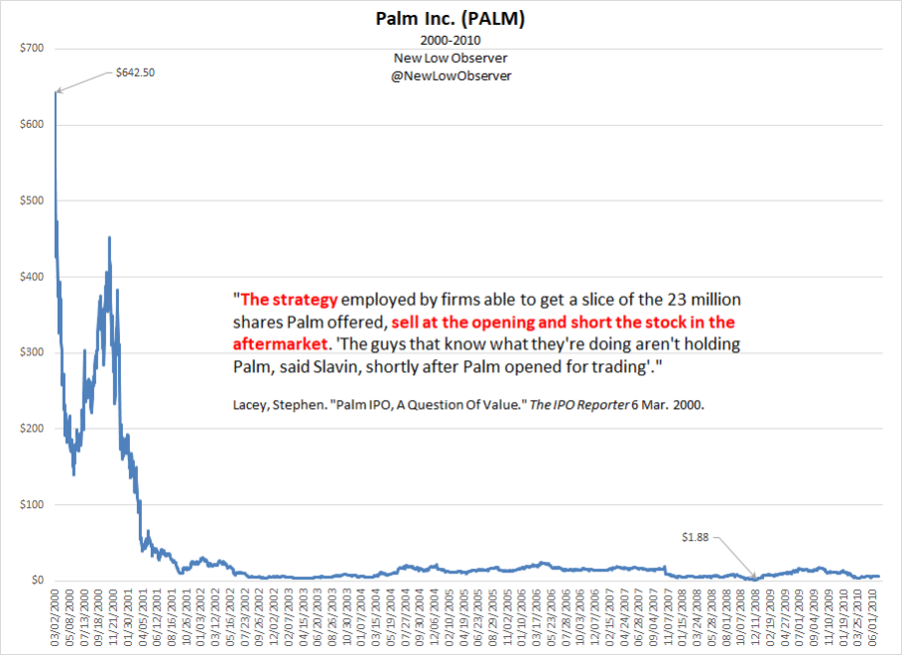
PALM (Pathways Language Model) is a large language model developed by Google, designed to be more truthful, ethical, and less biased compared to previous models.
PALM excels at tasks that require factual accuracy, ethical reasoning, and unbiased responses, such as question answering, information retrieval, and content generation.
5. Llama 3

Llama is a family of open-source large language models developed by Meta AI. The models range from 7 billion to 65 billion parameters and are trained on a large corpus of online data. Llama has shown strong performance on various natural language processing tasks.
6. StableLM

StableLM is developed by Stability AI, the creators behind Stable Diffusion. StableLM is optimized for both efficiency and accessibility, providing an open-source alternative to proprietary models. Stability AI emphasizes transparency and community-driven development, aiming to democratize access to large language models. The model is particularly useful for developers, researchers, and businesses looking to build customized AI applications without relying on closed systems.
8. MPT 7B
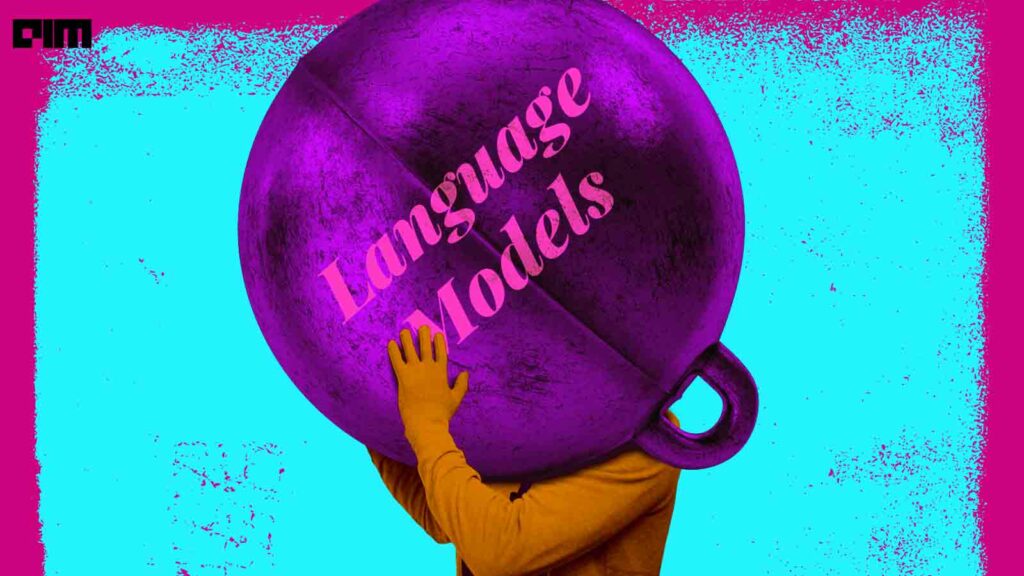
MPT-7B (MosaicML Pretrained Transformer with 7 billion parameters) is an open-source language model developed by MosaicML. It’s designed to generate human-like text, perform question answering, summarize information, and more, similar to other large language models like GPT. MPT-7B is trained to be highly efficient and customizable, offering strong performance while being lighter and faster compared to larger models.
9. GPT-NeoX

GPT-NeoX is an open-source large-scale language model developed by EleutherAI. It is part of the GPT family of models and is designed to handle a wide range of natural language processing tasks, including text generation, translation, summarization, and more. GPT-NeoX is notable for being highly scalable, capable of supporting models with billions of parameters, similar to GPT-3.
The main goal of GPT-NeoX is to provide an open-source alternative to proprietary large language models, enabling researchers and developers to experiment with and build upon cutting-edge AI technologies. It supports distributed training, allowing it to be run on large-scale hardware setups, which is critical for training massive models.
10. BLOOM

BLOOM is notable for its ethical focus, transparency, and community-driven development. It’s a transformer-based model, similar to GPT, and can perform a wide variety of tasks such as text generation, translation, summarization, and code generation. Its open-access nature makes it valuable for research and experimentation across different linguistic and cultural contexts.
11. PaLM

PaLM (Pathways Language Model) is a large-scale language model developed by Google AI. It’s part of Google’s Pathways initiative, designed to improve the efficiency and performance of AI models. PaLM is a highly advanced transformer-based model, with up to 540 billion parameters, making it one of the largest and most powerful language models available.
PaLM excels at a wide range of natural language processing tasks, including text generation, translation, summarization, and reasoning. One of its standout features is its ability to perform complex reasoning tasks, thanks to its scale and sophisticated training methods. Additionally, PaLM can learn new tasks with minimal training data (few-shot learning), which makes it highly adaptable.
12. Galactica

Galactica, large language model developed by Meta AI, designed specifically for scientific and technical knowledge tasks. It is tailored to help researchers and professionals in scientific fields by providing accurate information retrieval, summarization, and document generation based on vast scientific literature. Galactica is trained on a wide range of data, including research papers, textbooks, scientific articles, and other authoritative sources, making it particularly useful for tasks that require a deep understanding of specialized domains like physics, biology, and mathematics.
The goal of Galactica is to assist scientists in their research by streamlining tasks such as generating literature reviews, writing technical documentation, and answering domain-specific queries. It can generate content based on scientific principles, equations, and concepts, which distinguishes it from general-purpose language models. However, like other AI models, it also faces challenges in maintaining accuracy and reliability, especially when dealing with complex or novel scientific queries.
13. Chinchilla

Chinchilla is a large-scale language model developed by DeepMind. It was introduced as a more efficient alternative to other models like GPT-3 by balancing model size and the amount of training data. Chinchilla has fewer parameters than some other models but achieves superior performance because it is trained on significantly more data. This approach demonstrates that larger models with excessive parameters aren’t necessarily better if they are not trained on enough data, making Chinchilla more computationally efficient.
Chinchilla is designed for a wide range of natural language processing tasks, such as text generation, translation, summarization, and more. Its architecture follows the transformer model, and it has been trained to optimize both scale and cost-efficiency, offering high-quality results while reducing computational expenses compared to other large models.
14. Grok 2

Grok 2 is designed to provide advanced anomaly detection and predictive insights in real-time data streams. It builds on the principles of hierarchical temporal memory (HTM). Grok 2 is often used in applications requiring continuous monitoring of data, such as in IT infrastructure, industrial systems, or security, where detecting unusual behavior or predicting future trends is critical. It aims to simplify the process of identifying complex patterns without the need for deep data science expertise.


